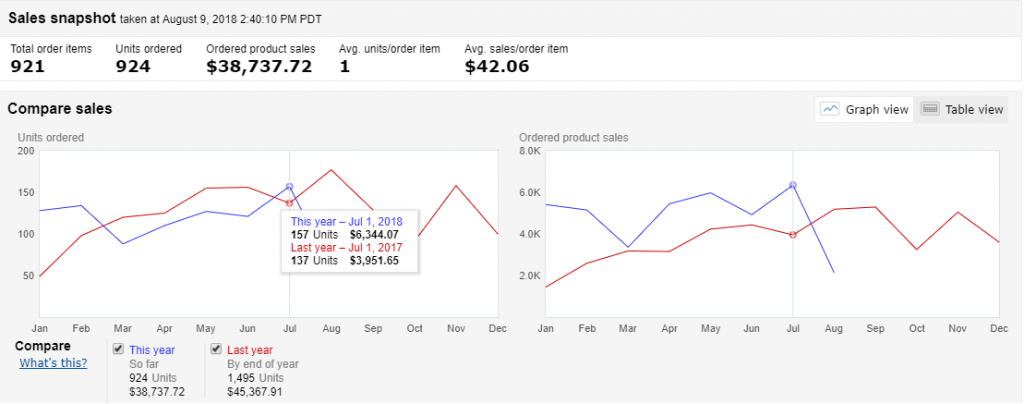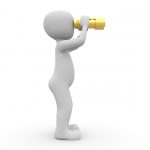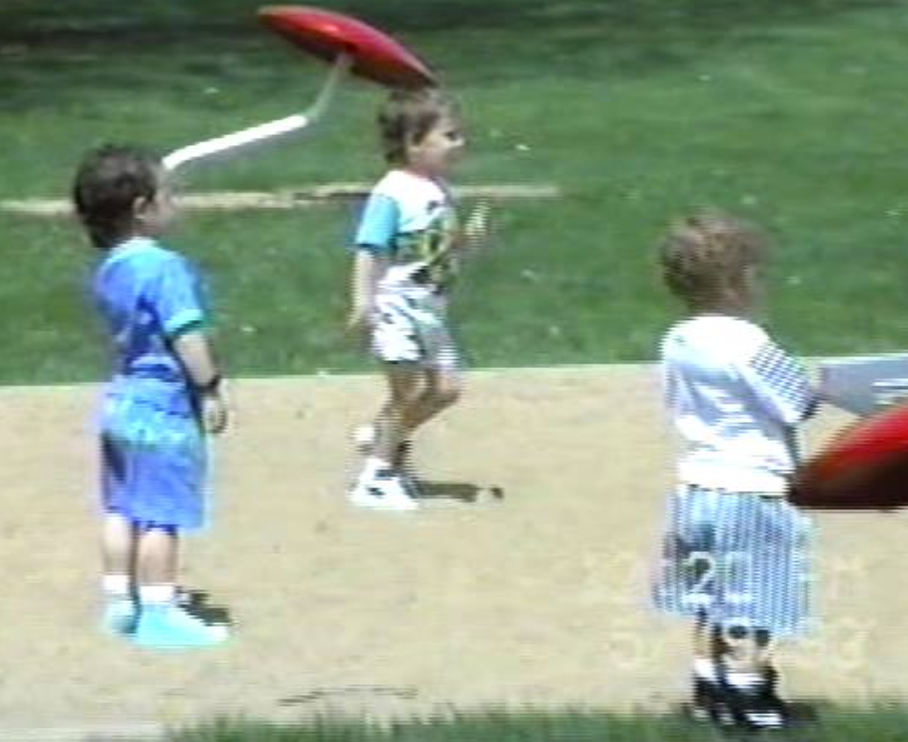We may earn an affiliate commission from any company linked to in this post.

I’ve been in the book selling game going on seven years (can track it back to November 2015). Before that I worked at the Post Office for more than a year as a PSE (postal support employee).
After the USPS chapter was closed, I then put my main focus selling on Amazon, which still today is my primary platform, but I also sell items on eBay (more so autographed books, sometimes clothing).
Selling Your Books on Amazon for cash
It comes down to whether you want to sell the books yourself (via platforms like Amazon, eBay, or Craigslist), or sell your books to book buyback websites (Booksrun, sellbackyourbook, textbookrush etc) or even your local college bookstore. If you choose the latter, you’re just giving up your (textbook) books to people like you and me who will end up listing them at what the current market is asking.
Tip- Ebay isn’t the best platform to sell textbooks on (though items like book sets, autographs, first editions, rare books are worth it). Many sellers are underpricing their books there, and I’ve bought plenty of textbooks on eBay (some north of $70), only to flip them on Amazon (the proper platform for textbook sellers) for nice profits.
Why Heed my Advice?
Here’s screenshots of my Amazon seller stats from the beginning of 2018 to August 9, 2018:


As you can see, almost 3/4 of my sales are in the books category. Most of these are actual paperback/ hardcover books, while some are cd/ cd sets that are accounted in the book category on Amazon. Profit numbers aside, I think those are enough numbers to justify a level of knowledge to hash out this article. But before most subtractions- 220 days into the year, I’m tracking near $123/ day. That’s already figuring 30% to the tax man (NOT before any of the cost of goods or Amazon fees).
Why Amazon is the Best Place to Sell Books
People seem to feel more comfortable spending more on Amazon than eBay, especially when there’s a Prime badge next to the seller’s listing when they can get the book in about two days if the buyer has a Prime account. Ebay’s historical reputation is for auctions and “getting a deal” rather than an audience okay with paying up and being happy with it. Though if your product is rare, or caters to the right demographic (say, retired folks with money to burn), then you can do well selling on eBay.
Selling Your Books for Cash- Breaking it Down
Sourcing books for Amazon

Where you go to is priority if you’re going to consider reselling books full time. If you have good sources for buying books cheap (that have good market value), then you have yourself a business model.
The number of competitors in your area is also a big factor when sourcing. Where I live (population over 100,000), there used to be only one other main book seller I competed with (rarely do I meet someone that came from out of town that’s obviously scanning to resell, and if they do, I don’t seem to see that person again).
Most common places to source under-priced books: thrift stores (Savers, Salvation Army, and less so Goodwill as they seem to scan the books in the backstage area while selling the valuable ones on their auction site). 2022 update– Both Salvation Armys closed near me sometime after Covid got in the news (this is a bummer).
Also estate sales, library book sales, nearby sales found on booksalefinder.com, Craigslist, and less so garage sales (though still can be worthwhile as a bonus when you’re out sourcing in other categories). *I just recently went to the Bloomington “Book ‘Em” sale this Oct 2022, a massive sale with all donated books, CDs video games and more. Competition was difficult, and I was late getting in from the time the pre-sale started at 5pm.
If you have deeper pockets, online arbitrage is an incredible opportunity to make easy profits flipping a book you bought on a website like eBay and selling it on Amazon.
Ebay tip: skip the auctions ending soonest (more competition) and go straight to the newly listed “textbooks” and check the “best offer” option. Exclude any new books, set the price to a minimum of 30 or $40 and make offers on listings that are within a range of 10-$15 of your top dollar.
Do you need to be an “Expert” to Profitably Sell Books on Amazon?
Not really. As long as you equip yourself with a smartphone and the Amazon Seller App, you can scan barcodes and get the sales rank and prices of the (lowest) current offers for that book. It doesn’t show the whole picture, so I suggest looking through keepa for the sales history and the rough used price offers during those sale spikes. You’ll need a monthly subscription to keepa, however, for around $18 to see the sales history.
Even without a barcode, you can look up the ISBN number, usually found somewhere on the copyright page. Can’t find an ISBN (say, there’s only a library congress of catalog number)? If the book has some kind of print on the front cover or has a dust jacket, the Amazon Seller App can scan the cover to bring up possible matches (though there may be more search results you have to skim through to find what you’re actually holding).
Your expertise comes after looking up hundreds of books and start beginning to figure out what subjects/ niches are more lucrative than others.
Which ones? Textbooks, but watch out for a recent newer edition of that book that could quickly lower the price. That’s the great thing with books; after scanning a number of barcodes, you’re met with instant gratification when that textbook in your hands is going for $80, $90 or more on Amazon! You really can’t say that for any other category on Amazon. Plus, there are far less restrictions on books than most any other category you might be able to sell on Amazon.
Otherwise, broad niches like religion (commentary sets are hot), coffee table type art books based on certain artists, longer tail military books (Civil War, Vietnam), and certain old school engineering type books (60s-80s era). That isn’t a comprehensive list by any means, but it’s a good starting point.
Gauging a Book’s Potential with Amazon’s Best Seller Rank
You’ll have an easier time determining whether a book is worth investing in on the spot by analyzing the best seller rank (as opposed to skimming through eBay’s completed sold listings). Technically, a book with a sales rank of 1 is the best selling book on Amazon, while a book with a rank over 14 million is one of the worst selling. Some don’t even have a sales rank, which means that book has yet to sell (or possibly that it’s gone so long without a sale that Amazon removed the sales rank).
Different sellers have different criteria for sales rank, but I’m not that rigged in this regard. There are those who pick a magic number, for example, making the investment only if it’s under a million sales rank. I don’t sway that way. I’ll take a book with a sales rank over 2 million, even 3 or 4 million if my go-to keepa is showing me the numbers. The book could be rare with a 4 or 5+ million rank (eg. something on the Vietnam war), and may have sold once in the past, but the sales rank tanked the next 12 months due to no other sellers offering it.
Setting up Your Amazon Listing- Grading the Condition of Your Book
Amazon has a limited number of options for a book’s condition, including: new, like new, very good, good, and acceptable. I rarely list as new, while most of the time listing as good or very good. I reserve acceptable for books that have some easily distinguished liquid damage, excessive cover wear, and/or heavy (highlight) markings.
If I find more than several pages of a book with markings of some kind after flipping through, I’ll usually just list it in good condition. For books that I don’t see any apparent markings, I list in very good or like new (the latter depending on the condition of the cover).
Pricing
This one is crucial. If you get impatient and price too low, you’re losing out on money, and if you’re too high the book is never going to sell. If you’re dealing with a large amount of inventory (especially with FBA), I recommend a repricer tool like Repriceit (30 day trial, then paid options).
Photos are optional on Amazon. Although they help, it’s mandatory to have at least one picture uploaded to your eBay listing, whereas Amazon’s product page for your book usually already has a stock or amateur photo present.
Although, expect to receive very few feedback compared to eBay users generously giving feedback.
FBA vs FBM (I Recommend FBA)
When I started out, I was listing and shipping books via Amazon’s “fulfilled by merchant” option. It was fine then, but I was making a lot of Post Office visits while requiring more boxes for packing. I first gave Fulfillment by Amazon (FBA) a try after my first Christmas selling season.
Amazon refrained any new potential sellers from sending in their first FBA shipment until after December 25th. Via FBA, you can send in your products “naked” in one big box (no individual boxing, no bubble wrap, no poly bags), and have Amazon employees pack them when a customer orders your product.
Price Your Books Higher with FBA
Come textbook season (December/ January and August/ September), if you sent in your books via FBA, you have the luxury of pricing them (much) higher than the lowest competing offers and still be able to make sales. College kids can definitely procrastinate. As their classes draw near, they’ll want their books quickly versus waiting for a FBM order, which may take a week or more to arrive (particularly if it was shipped with USPS media mail).
Thankfully, I was finding some higher priced textbooks at the thrift stores then to still come out with good ROIs.
FBA is scalable, though some sellers prefer FBM over FBA for various reasons.
Now take action!
I’ll have a post up soon on what specific tools to use/ ways to find the value of books.
Comments are wide open and I invite any questions regarding selling books on Amazon’s platform. Yes, it’s a hustle, it can be frustrating, but it’s an addictive endeavor that will reap benefits the more you source.
–

